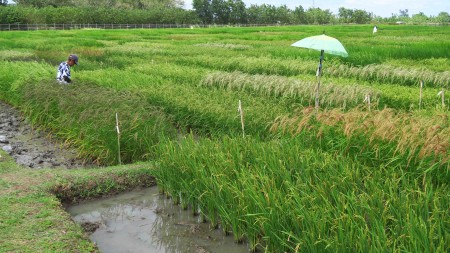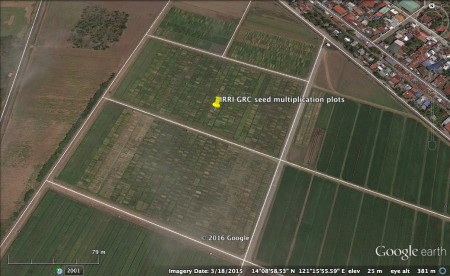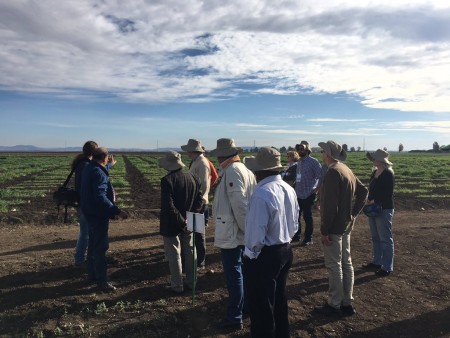A couple of months ago we announced that USDA had adopted a new genebank data management system, GRIN-Global. There was some question at that time about whether Portugal was on board as well, but that seems now to be the case. So the ever-growing list of GRIN-Global users is now as follows:
- CIMMYT, Maize Genebank
- CIMMYT, Wheat Genebank
- Crop Research Institute, Czech Republic
- INIAF, Bolivia
- ICRISAT (test phase)
- National Plant Germplasm System, USA
- Banco Portugues de Germoplasma Vegetal (BPGV)
A number of other CGIAR genebanks are also looking at the software. I feel a momentum building up…
LATER: This clinches it: it’s on Facebook.


